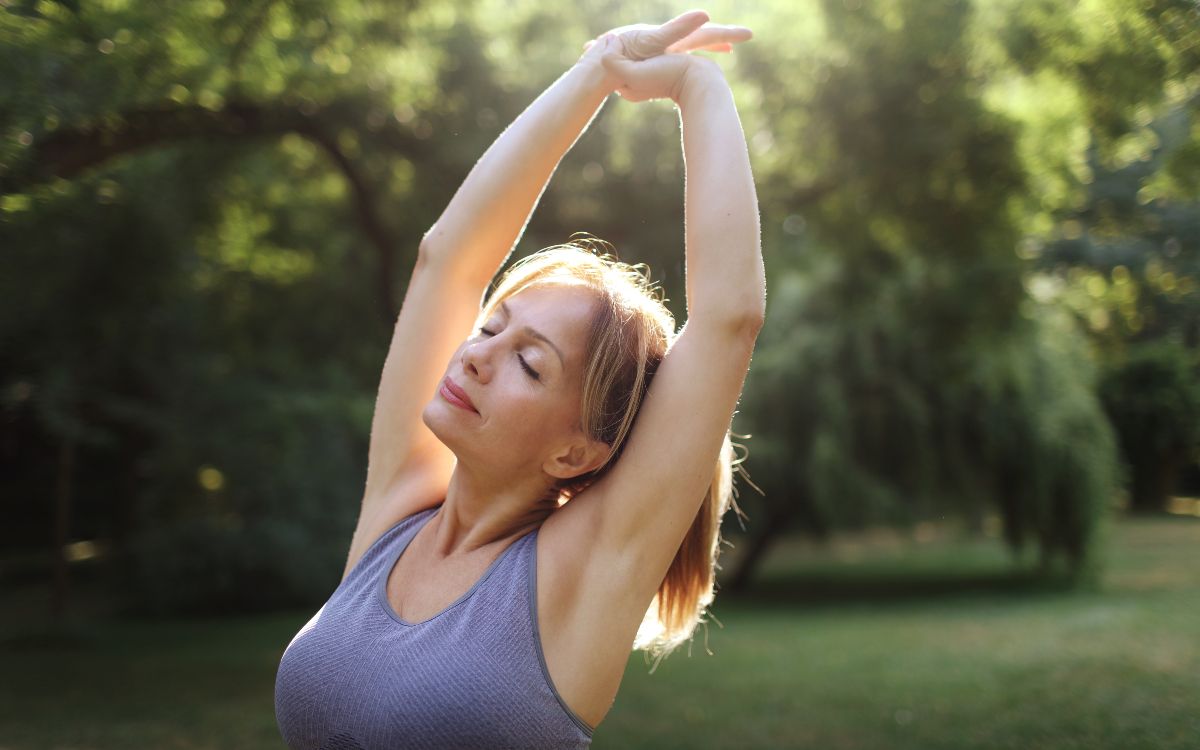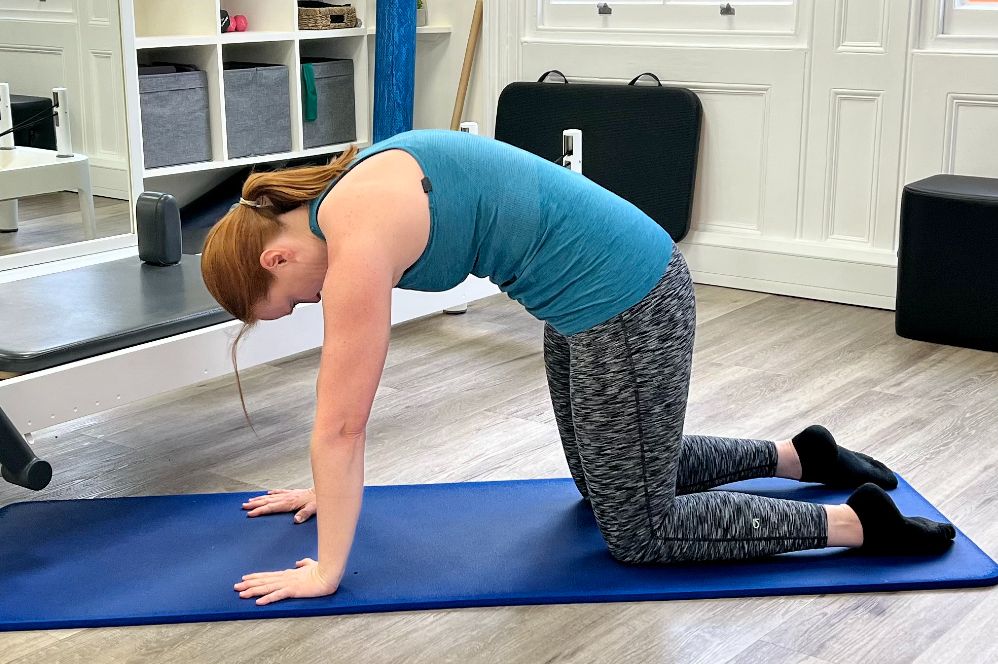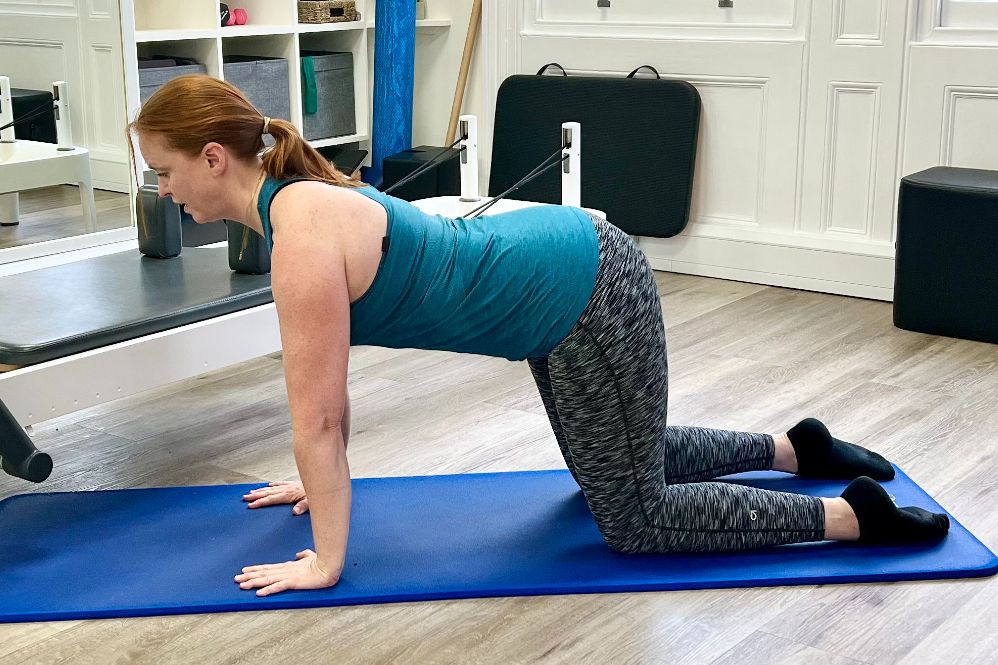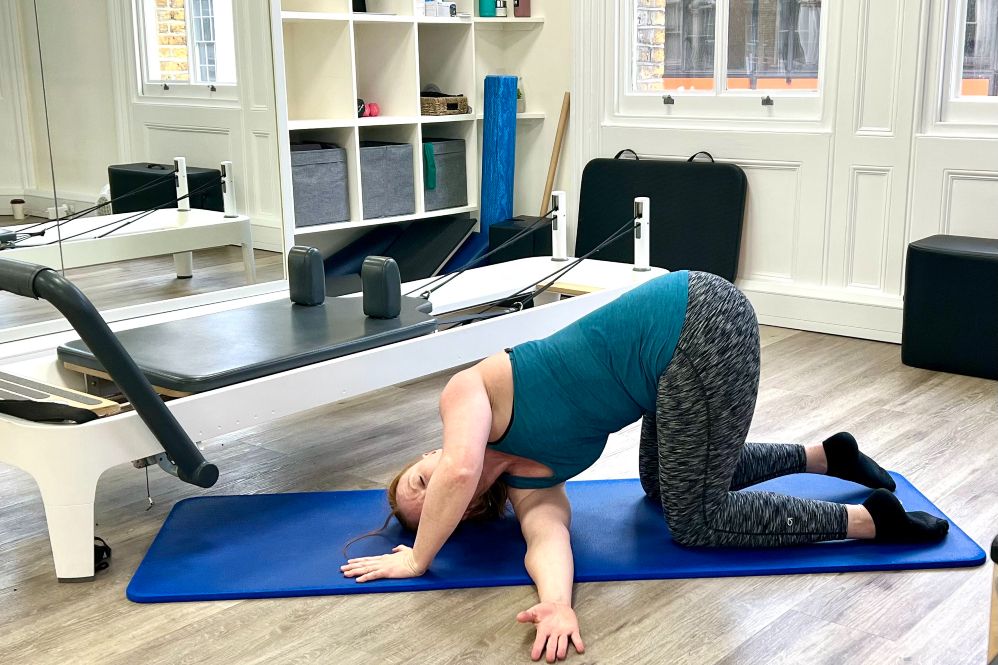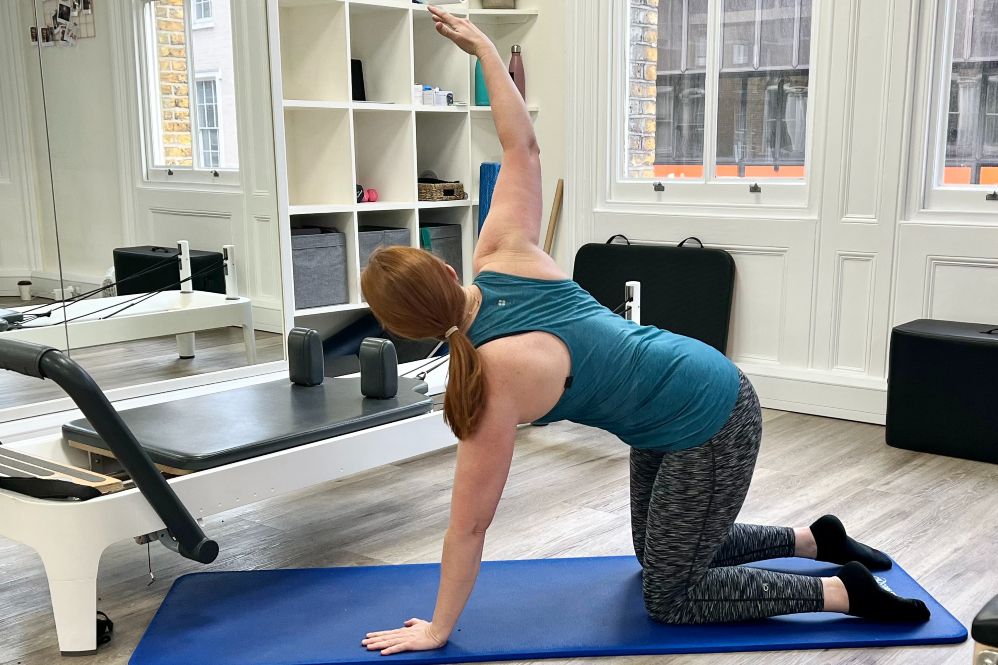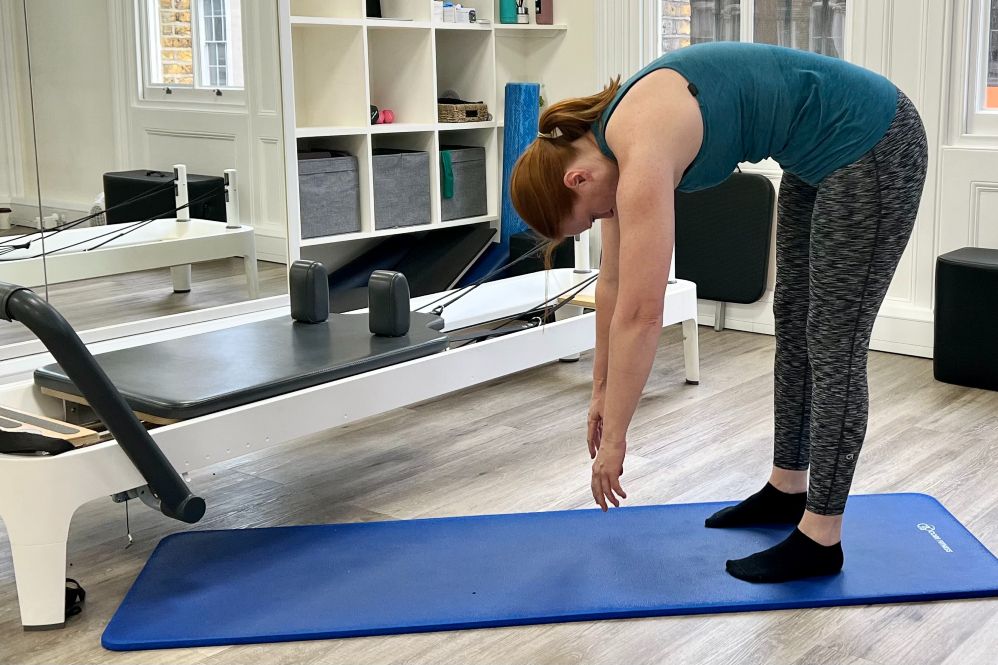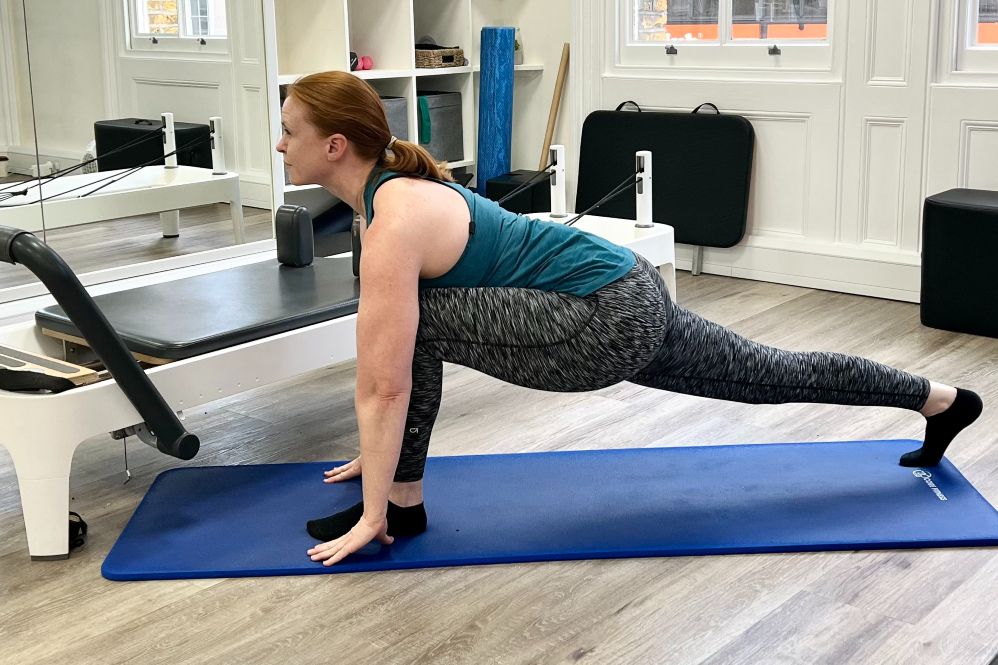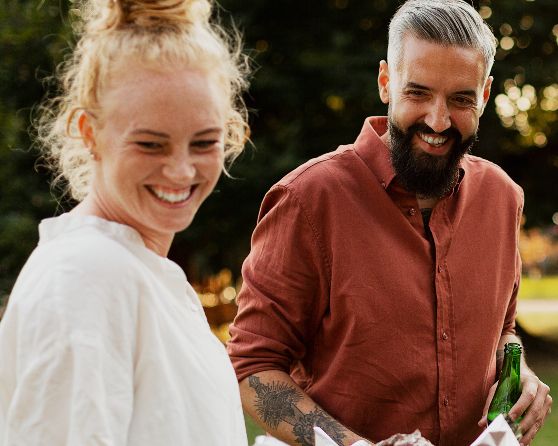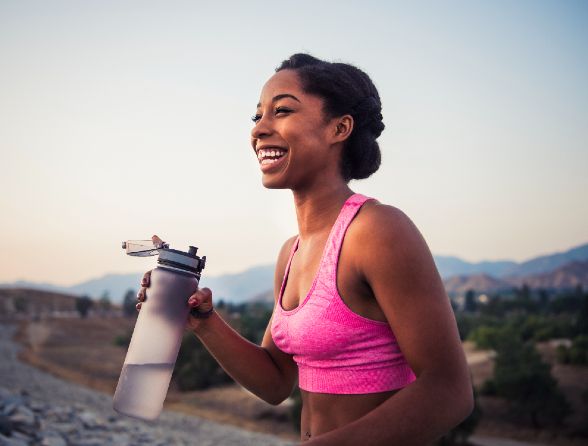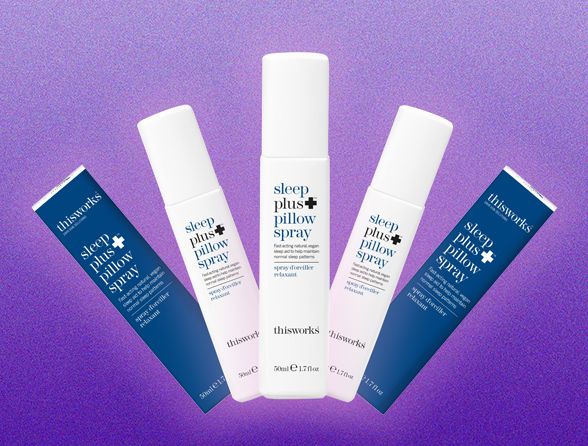Soothe tired muscles with these at-home tips from an expert
Elevate your post-workout routine by using some simple stretches
Have you been pushing yourself a bit too hard with your workout regime lately, or are you feeling the pain of trying a new and intense form of exercise? Sore and achy muscles after a workout is no fun, and certainly no reward after putting all that ‘work’ into a workout.
To help relieve your muscles, you could try some gentle stretches or even an at-home massage. Here, Ruth Smith, a chartered physiotherapist at Complete Pilates, shares her advice.
Stretch it out
‘You may not always feel like exercising when your body is fatigued, but it can help to relieve sore muscles, particularly after a strength workout,’ explains Ruth. ‘Restorative movement such as Pilates can help improve the circulation, sending more oxygen to the muscles that need it to recover. It also gently mobilises the muscles, so they become less stiff, and helps to stop them from tightening after exercise.
‘There’s a lot of controversy around stretching, including when you should do it and what’s the best technique. However, we know that including some gentle stretching in a warm-down directly after exercise, and as part of recovery over the following days, can be beneficial.’
Ready to get stretching? ‘Pilates is a great form of exercise to help you recover after a workout,’ advises Ruth. Here, she shares three stretches to try.
The cat/cow position
‘Position yourself on all fours, with your hands under your shoulders and your knees under your hips,’ explains Ruth. ‘Tuck your tail under and let the rest of your spine follow, so that your back is doming up towards the ceiling and your head and tail bone are reaching down towards the floor. Take a breath into the back of your body, feeling the stretch between your ribs and shoulder blades.
‘Reverse the movement by lifting your tailbone and letting the rest of your spine ripple into the opposite stretch, where your spine is arching down like a cow and your tail bone and head are lifting up. Try and reach your chest forwards through the shoulders. Again, take a breath and then repeat each position five to 10 times.’
Thread the needle
‘Stay on all fours, as before,’ says Ruth. ‘Take your right arm and feed it through the gap between your left hand and left knee. Turn your chest and bend the left elbow so that you can reach as far as possible, while rotating your spine and dropping your right shoulder towards the floor, looking underneath your left armpit.
‘Take a breath or two in this position, then unwind to bring your right arm back out. Keep turning your chest in the other direction and lift your right arm up towards the ceiling and look up at your hand. Repeat this five to 10 times on the right side, before repeating on the other side.’
Roll down and lunge from standing
‘Turn your chest down towards the floor, so your head starts to look down,’ explains Ruth. ‘Continue to curl the spine down, with your arms relaxed, so you’re reaching down towards the floor. You will feel the stretch down the back of your body as you continue as far as is comfortable.
‘Bend your knees if your hands are not on the floor, then step one leg back so you are in a long lunge position, with your hands on the floor almost in front of your front foot. Lift your chest forwards once you are in the lunge position and reach your rear leg back as much as possible, to feel both legs stretching. Step back in and change legs, then step back in and roll back up. Repeat this five to 10 times.’
Want to take things further? ‘There are, of course, lots of other mobility and stretch exercises you can do specific to your body and your needs, as well as the workout you are doing,’ says Ruth.
Get massaging
As well as stretching out your muscles post-workout, why not treat yourself to an at-home massage, too? There are numerous videos online to guide you, but Ruth has shared some helpful ground rules to get you started.
‘It’s well known that massage can be used as part of recovery after exercise for athletes, but it can be useful for all of us,’ she explains. ‘There's little evidence to describe the effects, but we know it aids circulation and the lymphatic system, both of which are important in the recovery of muscle tissue.’
So, what do we need to keep in mind when giving ourselves a massage? ‘Always massage towards your heart, so from your feet to your body, or your hands to your body,’ advises Ruth. ‘You don’t have to go heavy and it definitely doesn’t need to be painful to work. The lymphatic system, which helps to drain waste products from muscle tissue, sits just under the skin. So, to assist in the lymphatic drainage, you can very gently massage, or even brush, up towards the torso – and you don’t need any special tools to do this.
‘To work on the mobility of the muscles with massage, you can go a little deeper, but it should never feel unbearably painful,’ she adds.

